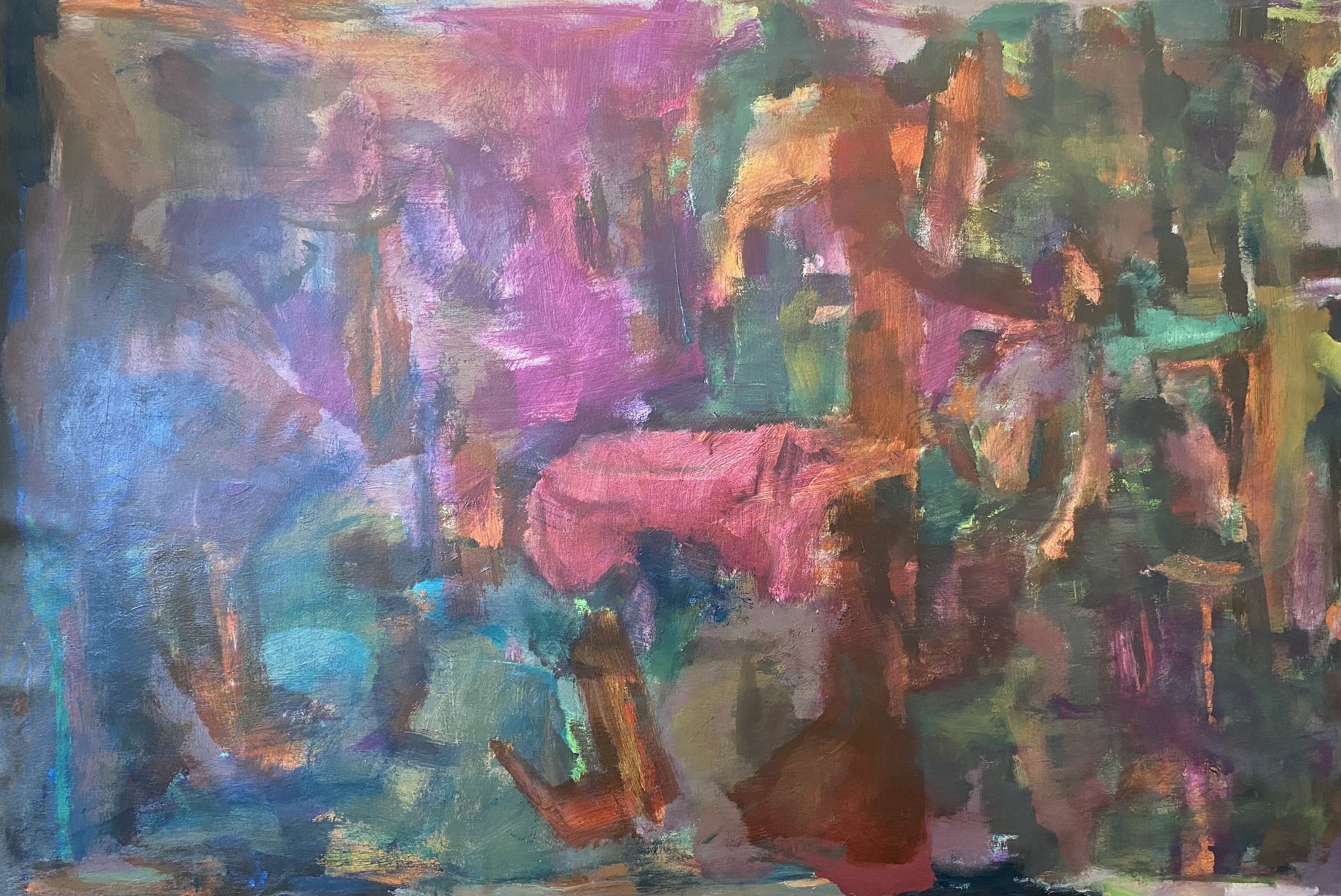
Through A Child’s Eyes
Early environments can lead children to form unconscious strategies for survival—shaping how they relate to safety, love, trust, and emotion as adults. These strategies often remain active below awareness, driving patterns in relationships, stress responses, and health. Bringing these early blueprints into conscious awareness is a necessary step in transforming long-standing psychological and physiological struggles.
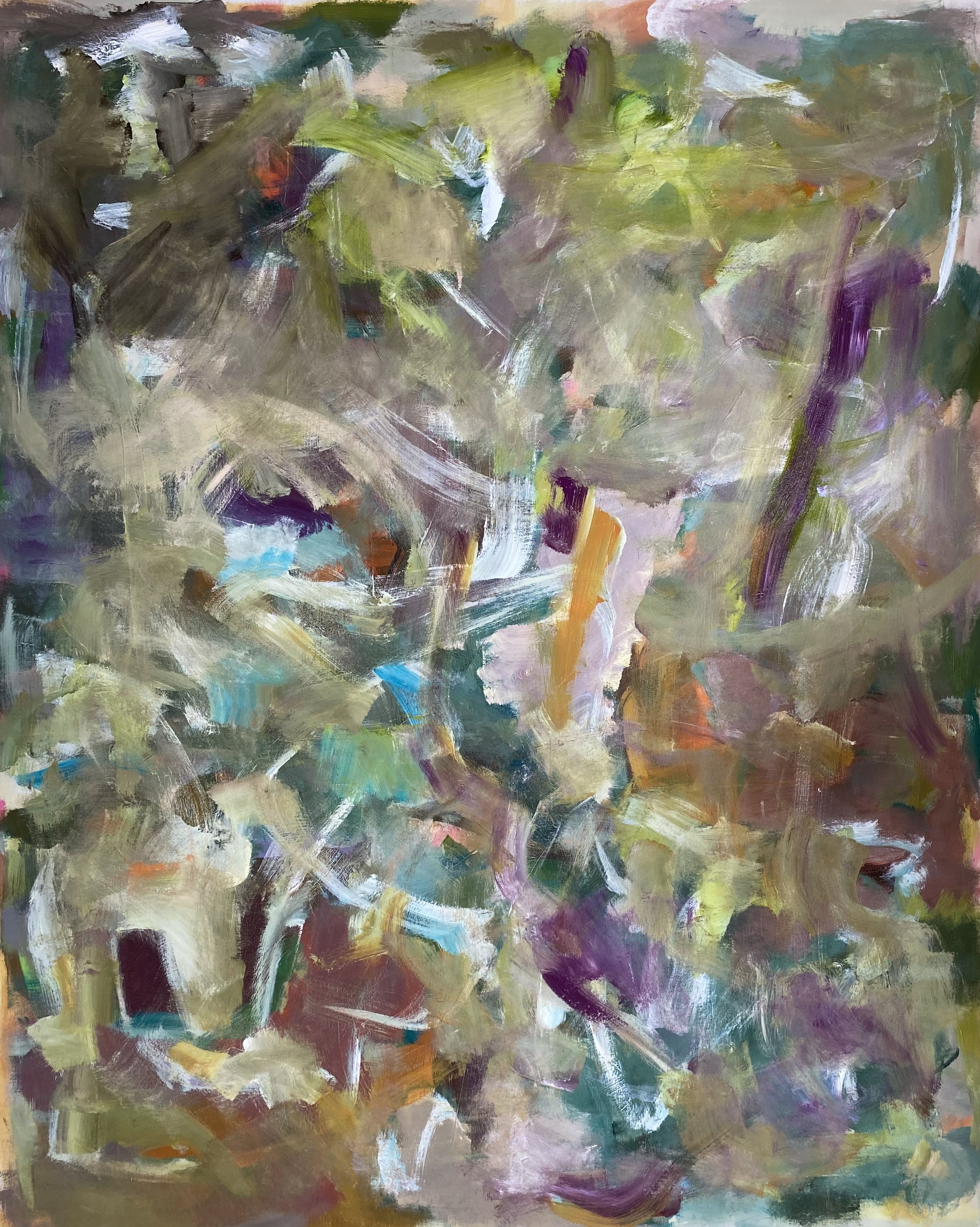
Inflection Point
In complex trauma and PTSD, there comes a point when survival mechanisms—like numbing, dissociating, or controlling—stop working. This can lead to intense emotional reactions, physical tension, or a general feeling of being overwhelmed. It’s a signal that deeper healing is needed, and that the body and mind are ready to move past these old patterns. Recognizing this moment is essential for beginning the process of true recovery.
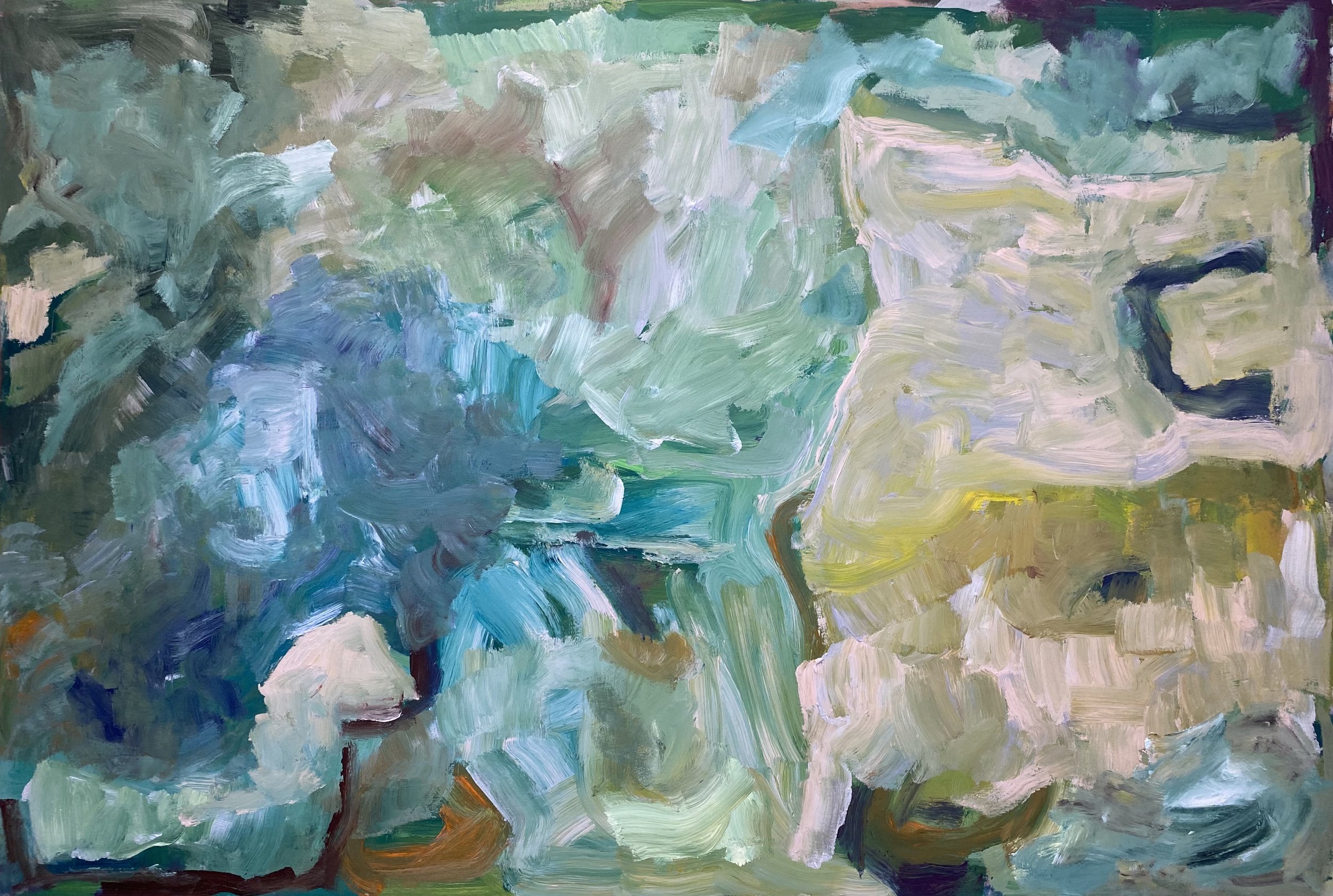
Great Divide
We are taught to separate thought from feeling, logic from empathy, and to confuse fear and guilt with responsibility and conscience. But these are not signs of moral clarity—they’re signs of disconnection. When we live solely from the calculating, self-protective mind, we lose the deeper intelligence of the heart. Real transformation happens when we reunite the parts of ourselves that have been split—when empathy, presence, and emotional truth take the lead. This isn’t about choosing one side over the other, but integrating both—so that life is no longer a trial, but a relationship.
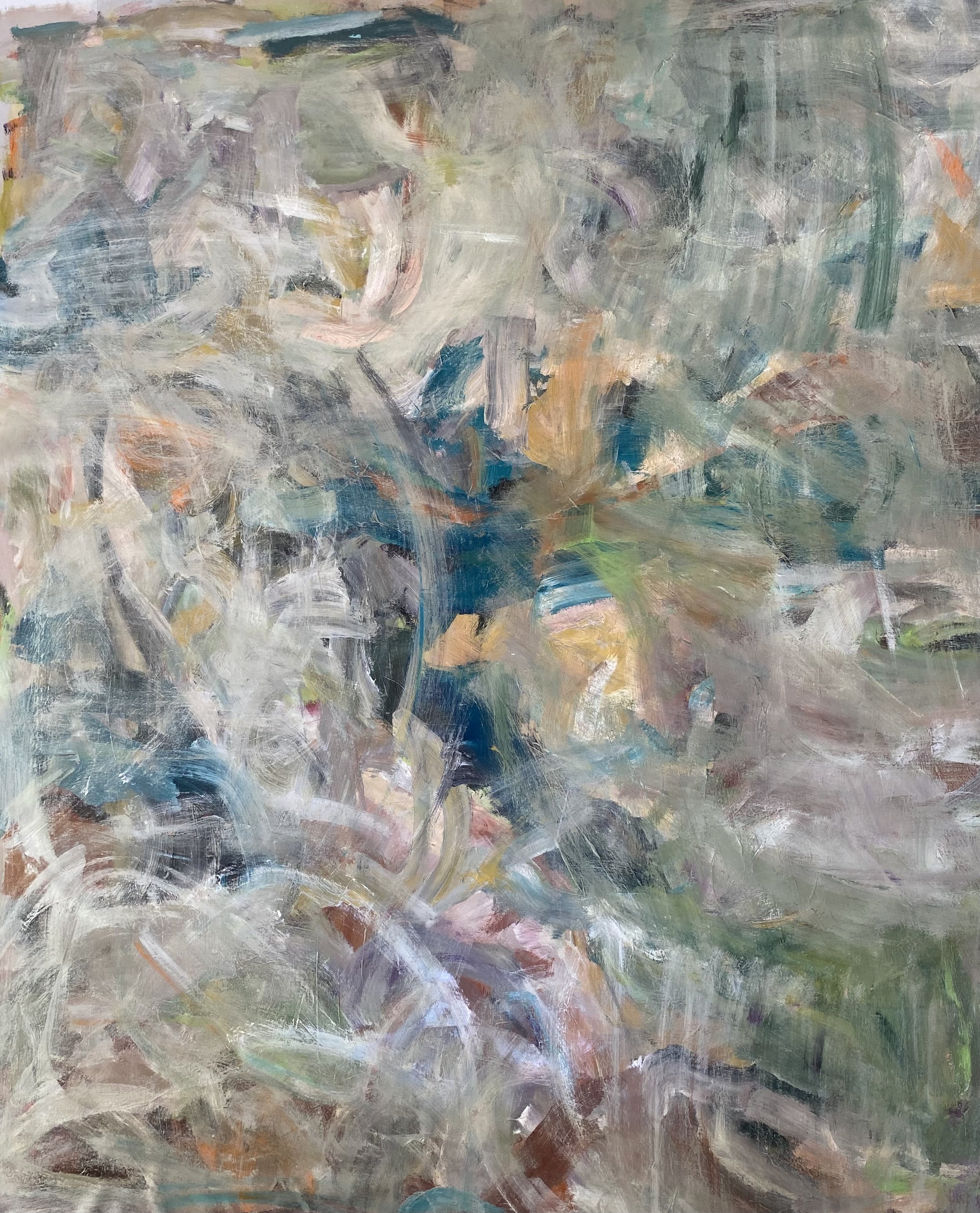
Sonic Ceremony
True healing comes not from fixing, but from listening—attuning to the wisdom that resides within. By quieting the noise and reconnecting with the stillness at the core of your being, you create space for sacred recalibration. This process invites you to meet yourself with presence, permission, and understanding, allowing the body to rewrite its composition from the inside out. As you listen more deeply, your body becomes an instrument of clarity, coherence, and power.
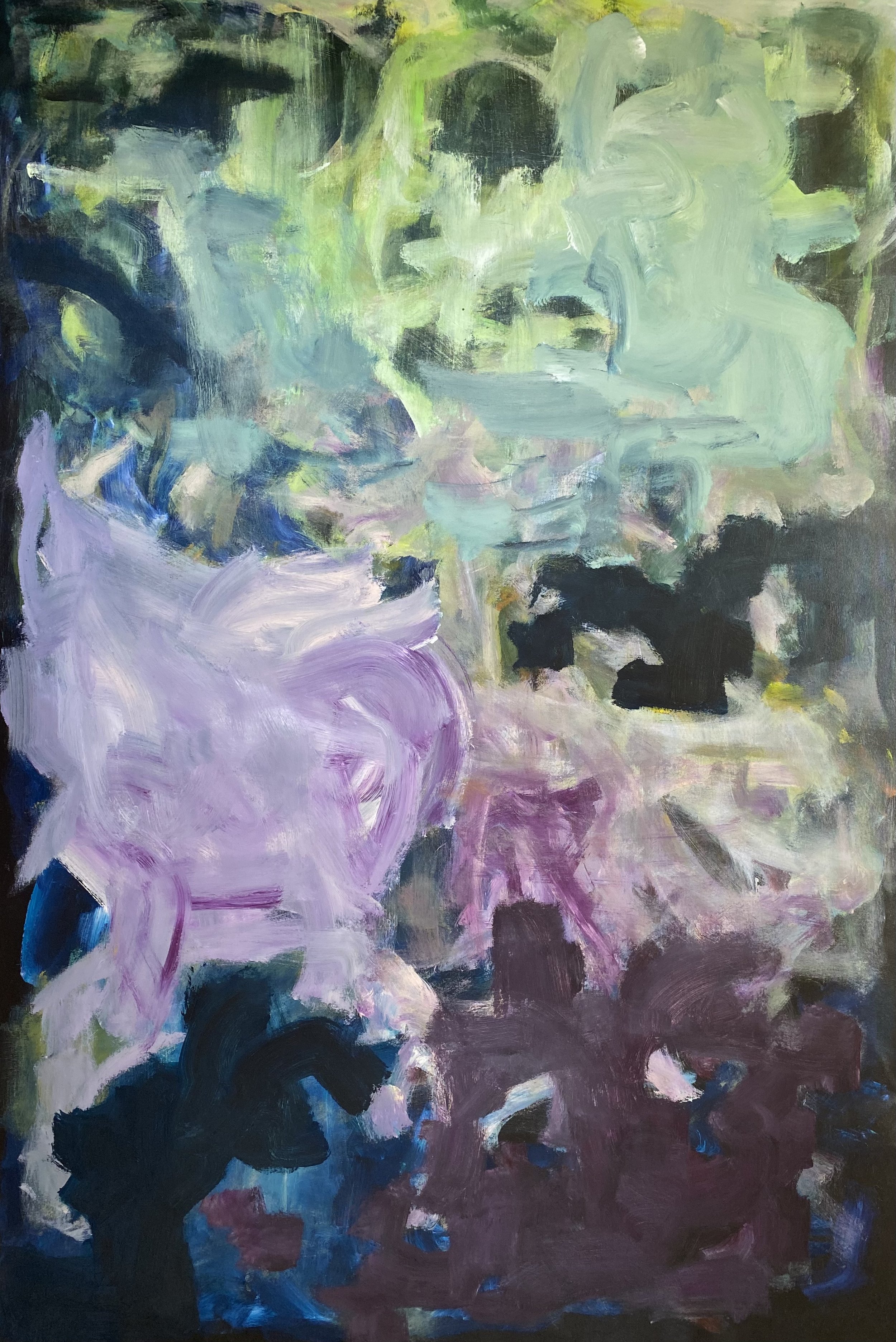
Rhapsodic Fugue
When survival splinters our sense of self, what remains isn't brokenness—it’s a brilliant adaptation. This piece explores how fragmentation, dissociation, and identity shifts serve as protective strategies in trauma, and how healing doesn’t mean forcing clarity but learning to listen to the deeper intelligence beneath the dissonance. It invites a new understanding of what it means to return to yourself—not in a straight line, but as a layered, rhapsodic process that honors everything you’ve had to hold.
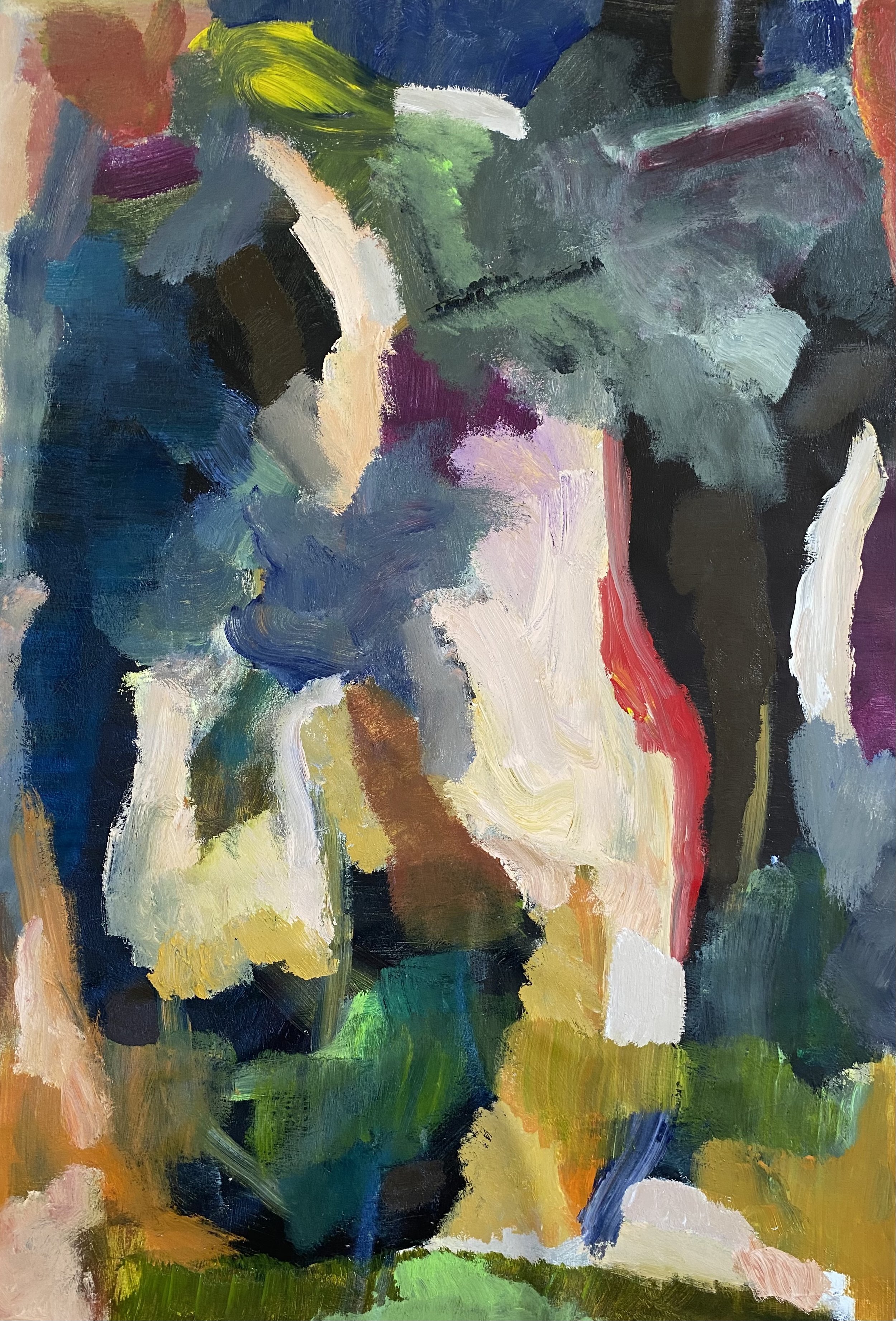
Wading Past the Pull
Life’s most profound shifts often come not from grand gestures, but from quiet, deliberate actions that challenge us to confront the weight of what’s held us down. This piece invites us to face the pull of grief, history, and cultural expectations, offering the courage to break free from old patterns and choose discomfort in pursuit of deeper growth. It speaks to the power of embracing the unseen, facing the sediment of our past, and moving forward with newfound strength and clarity.
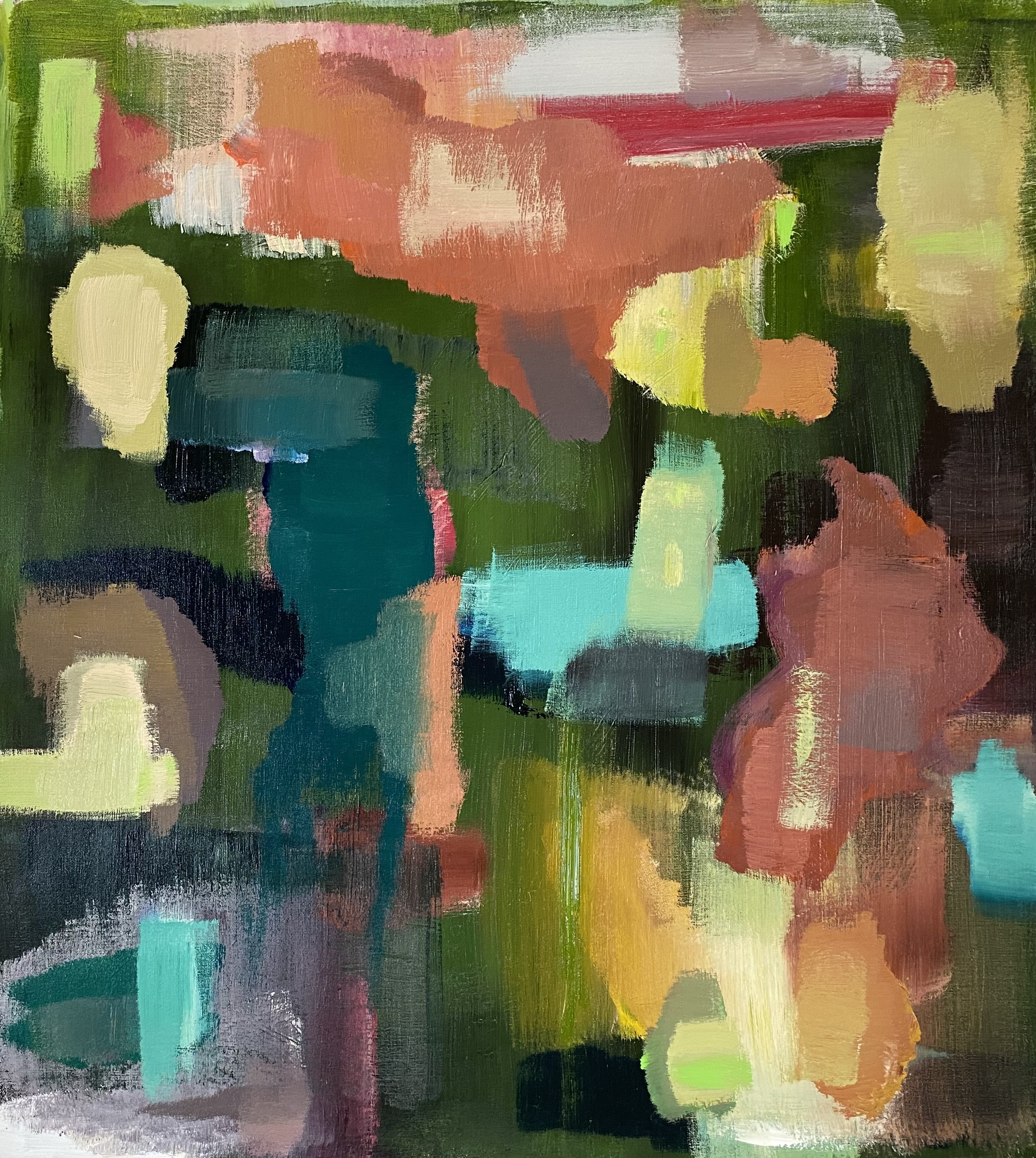
The Shape Of Knowing
We’ve been conditioned to believe that the mind is the seat of knowledge, but the heart holds a deeper truth. More than a pump, it generates the body’s most powerful electromagnetic field, syncing with others, encoding emotions, and shaping our reality. Science is only beginning to understand what ancient traditions have always known: the heart perceives, integrates, and leads us toward coherence—a state where stress dissolves, resilience builds, and we reconnect with the pulse of life itself. When we listen, the heart becomes more than an organ—it becomes a path home.
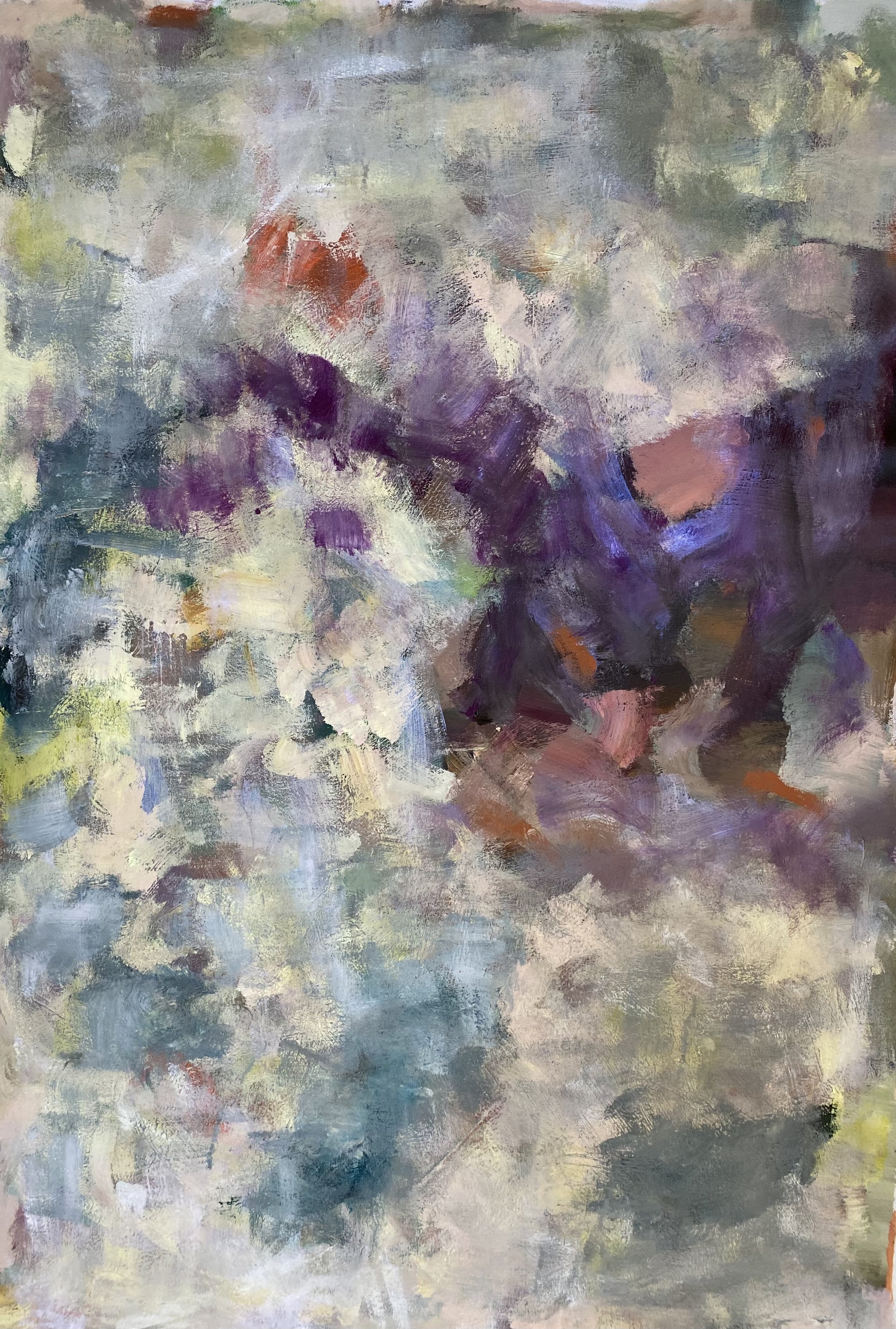
What Life’s Showing You
The same lessons surface again and again, not as punishment but as invitations. The discomfort, the repetition, the things that won’t let go—these are not accidents. They are maps, pointing to what needs to be seen, healed, or claimed. When we stop resisting and start listening, life opens in ways we never expected.
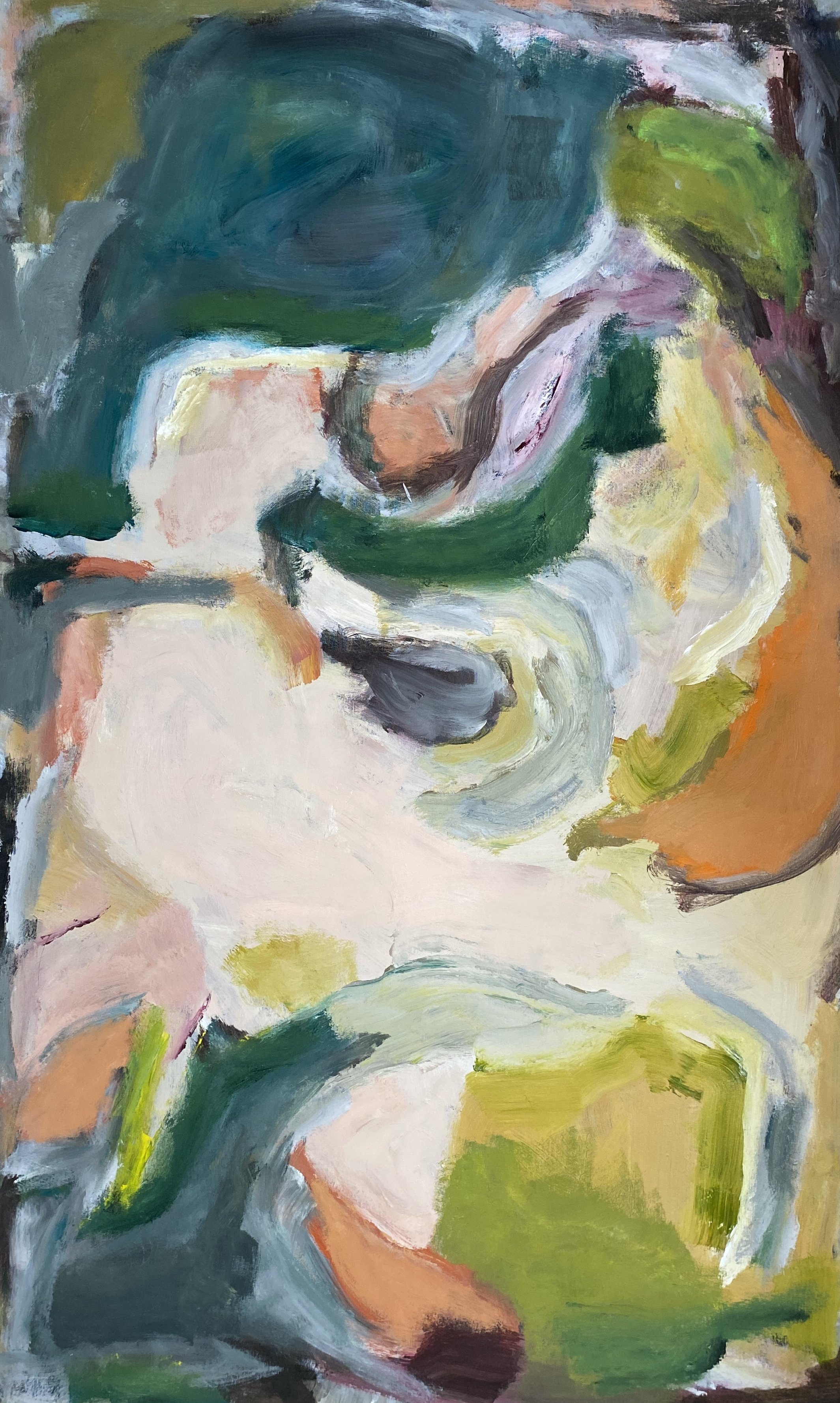
Elegy for a Lost World
Some losses arrive as a sudden rupture, others as a slow erosion, so gradual we don’t notice until the landscape is unrecognizable. But even in absence, something lingers—an imprint, a whisper, a ghost of what once shaped us. This is the reckoning: not just mourning what’s gone, but facing what it left behind. What do we carry forward? What do we allow to slip into the silence?
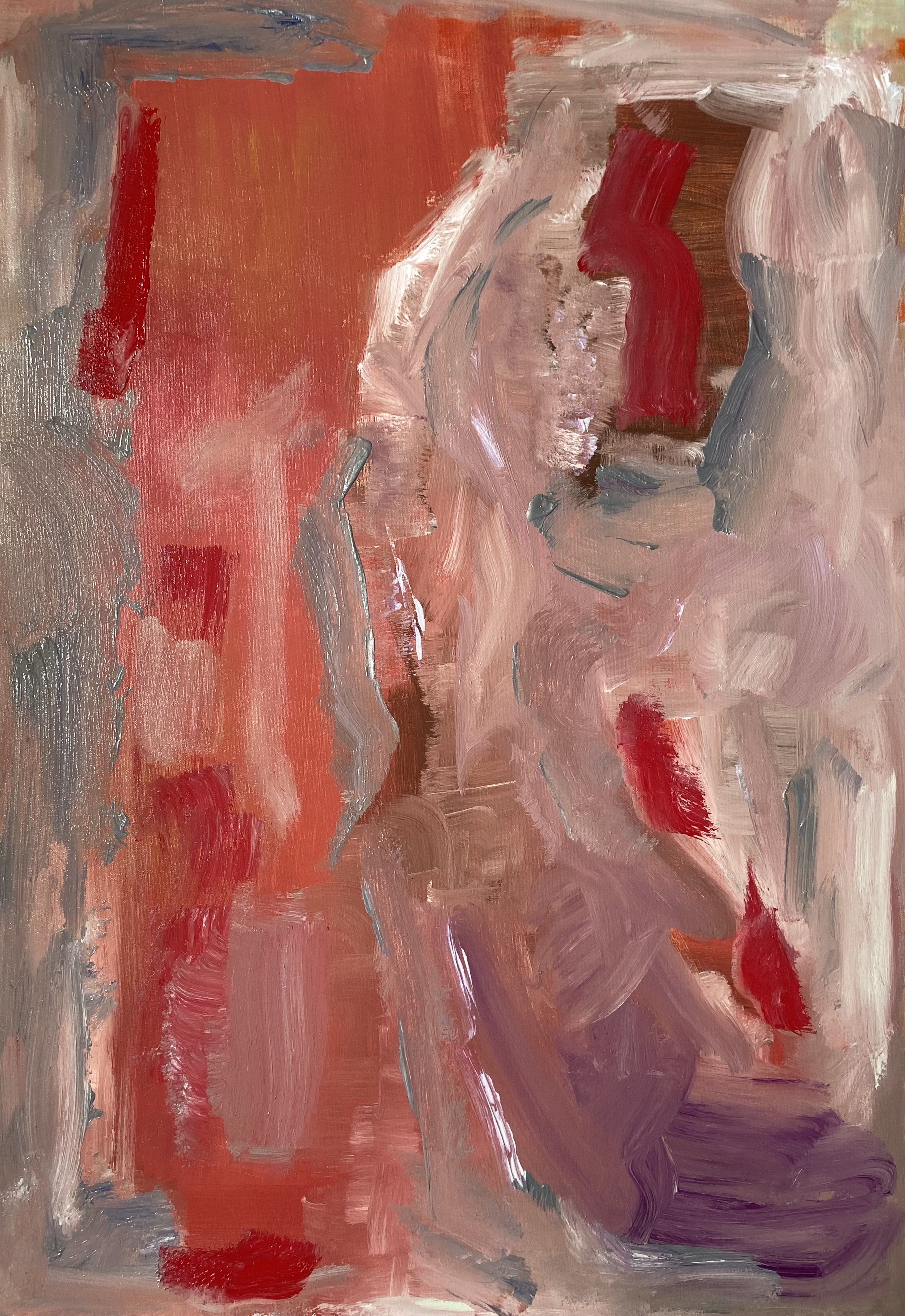
Hope and Dread
Hope and dread exist in a delicate balance, each shaping the way we move through the world. One urges us forward, whispering of possibility; the other warns, tightening its grip with fear of the unknown. But what if they are not opposites? What if they are two sides of the same force, each necessary for transformation? In the space between them, we find the raw edge of change—the moment where everything could collapse or become something entirely new.
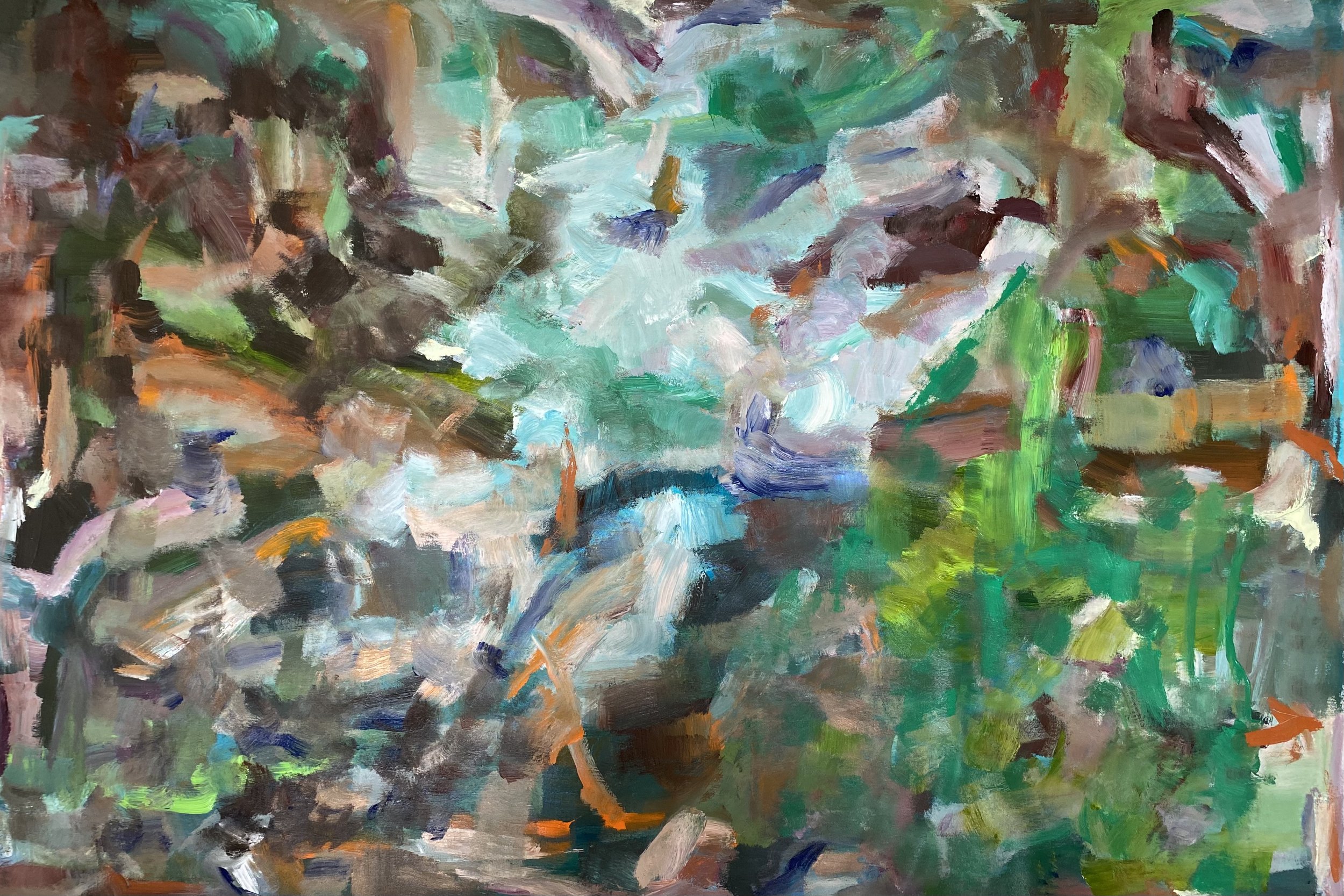
Spectral Bloom
What if color had a pitch? What if sound bloomed in unseen spectrums, cascading into form? This piece explores the dissolution of sensory boundaries—the way echoes stretch into pigment, the way a violin can feel indigo or a whisper can glow ember-orange. It invites us to reconsider how we move through the world, not in separate streams of sight, sound, and touch, but as instruments tuned to a greater resonance. When we stop assuming we already know how experience should feel, a new world emerges—one that is layered, fluid, and endlessly unfolding.

Don’t Look Away
True healing begins when we stop turning away from the pain we've been running from. It’s not about pretending it doesn’t exist, but learning to face it, hold it, and let it move through us. As we expand our capacity to be with our deepest wounds, we reclaim the power we thought was lost, transforming our pain into purpose and strength.

Cacophony
There’s a weight we carry, built from the voices we were taught to obey and the instincts we learned to ignore. It layers thick, shaping who we believe ourselves to be—until it begins to crack. When the static fades, when the wreckage of compliance falls away, a different voice emerges. One that doesn’t strain, doesn’t beg, but stands unwavering in its own knowing.
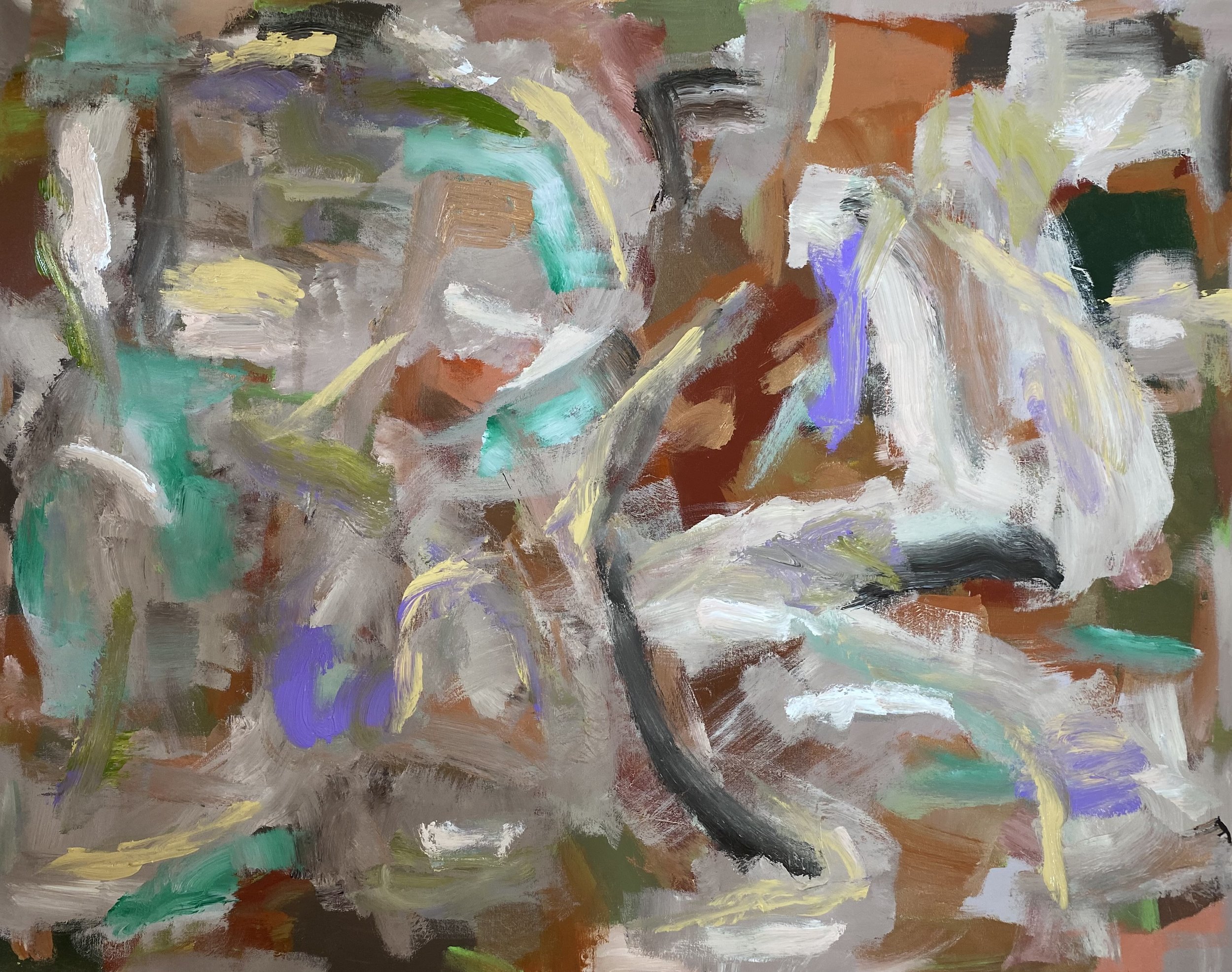
Scattered Allegiances
Loyalty is a quiet ledger of debts, passed down like heirlooms, binding hands before they ever reach for freedom. Some inherit the weight of silence, the duty to uphold what has always been—even when it rots. Others break ranks, severing ties to the familiar wounds that shaped them. In the wreckage of old allegiances, a choice emerges: to serve the machine that feeds on devotion or to forge something untamed, bound not by fear, but by the raw, uneasy truth of liberation.
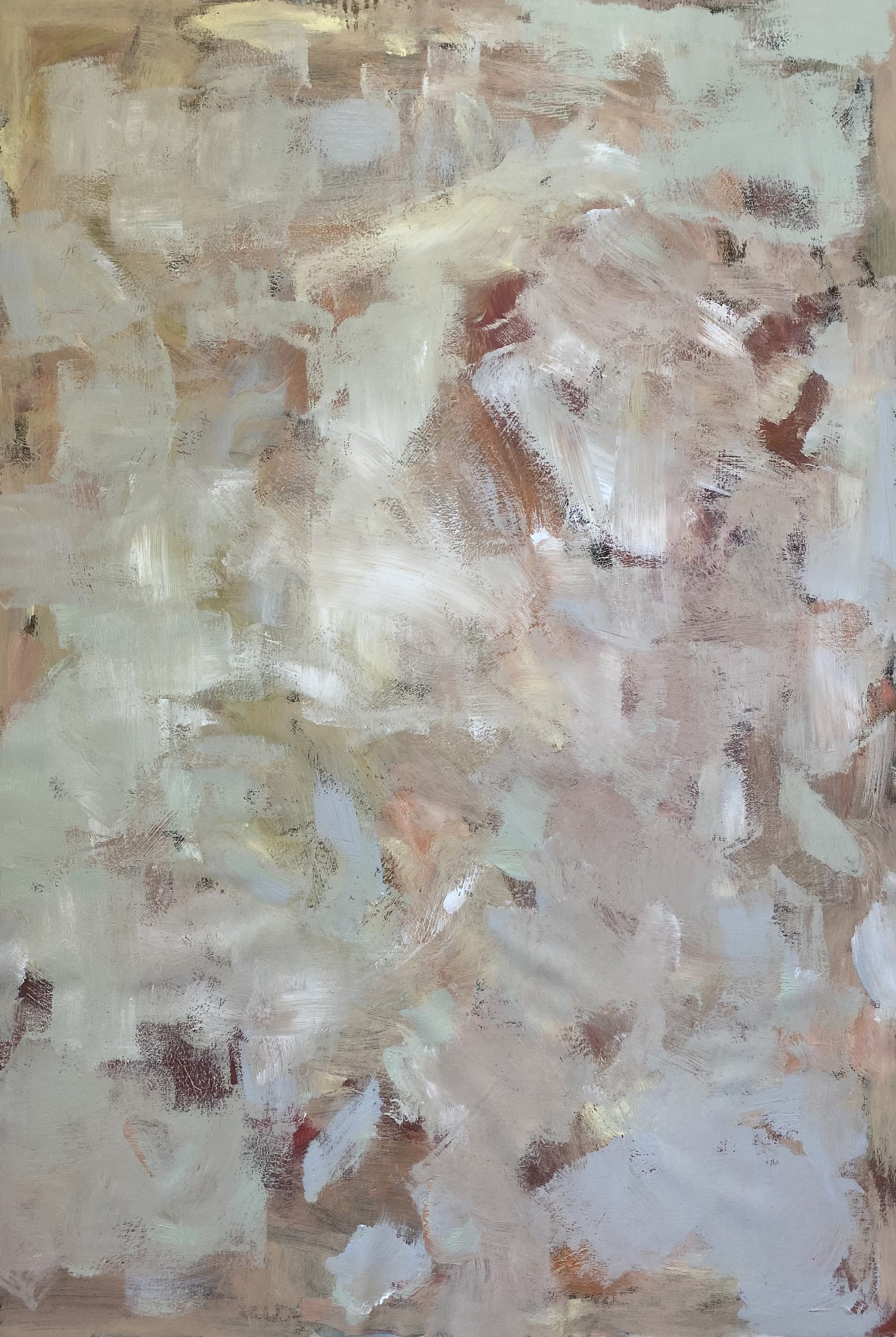
Myths of Permanence
We cling to identities, relationships, and stories as if they can defy time, but nothing is truly fixed. Mountains erode, stars collapse, and the structures we build—both tangible and internal—inevitably shift. The weight isn’t in loss itself, but in our resistance to it. There is a quiet liberation in letting go, in moving with change rather than against it. What if we were never meant to grasp, but to flow?
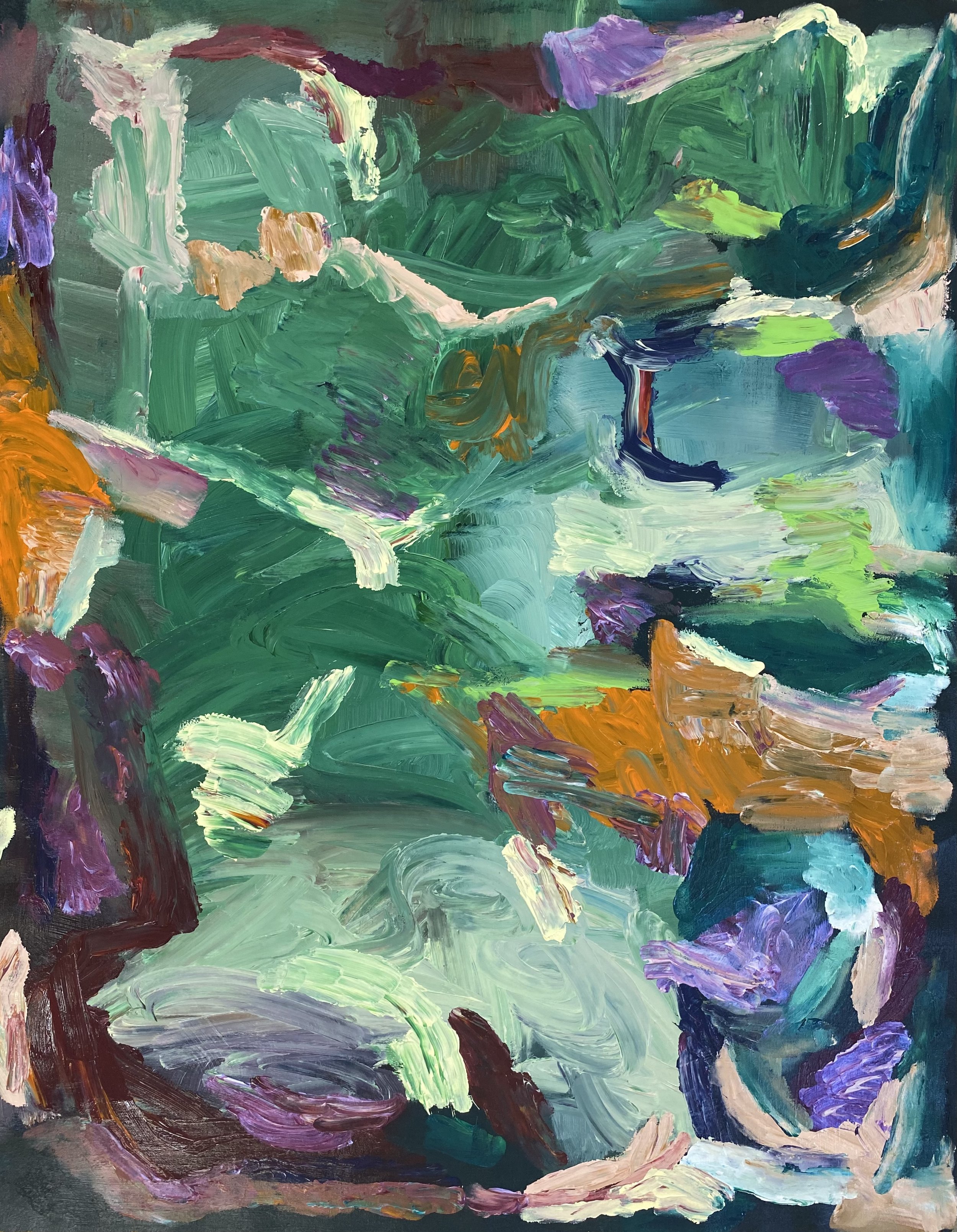
Umbral
There’s a space between what we know and what we refuse to see—a liminal threshold where the past lingers, shaping our present whether we acknowledge it or not. Most avoid this shadowed terrain, fearing what it might reveal, but true transformation begins in the places we resist. When we stop running, we stop being hunted. The umbral is not an end but a reckoning, a space where we confront what we’ve buried and step into the raw truth of who we are.
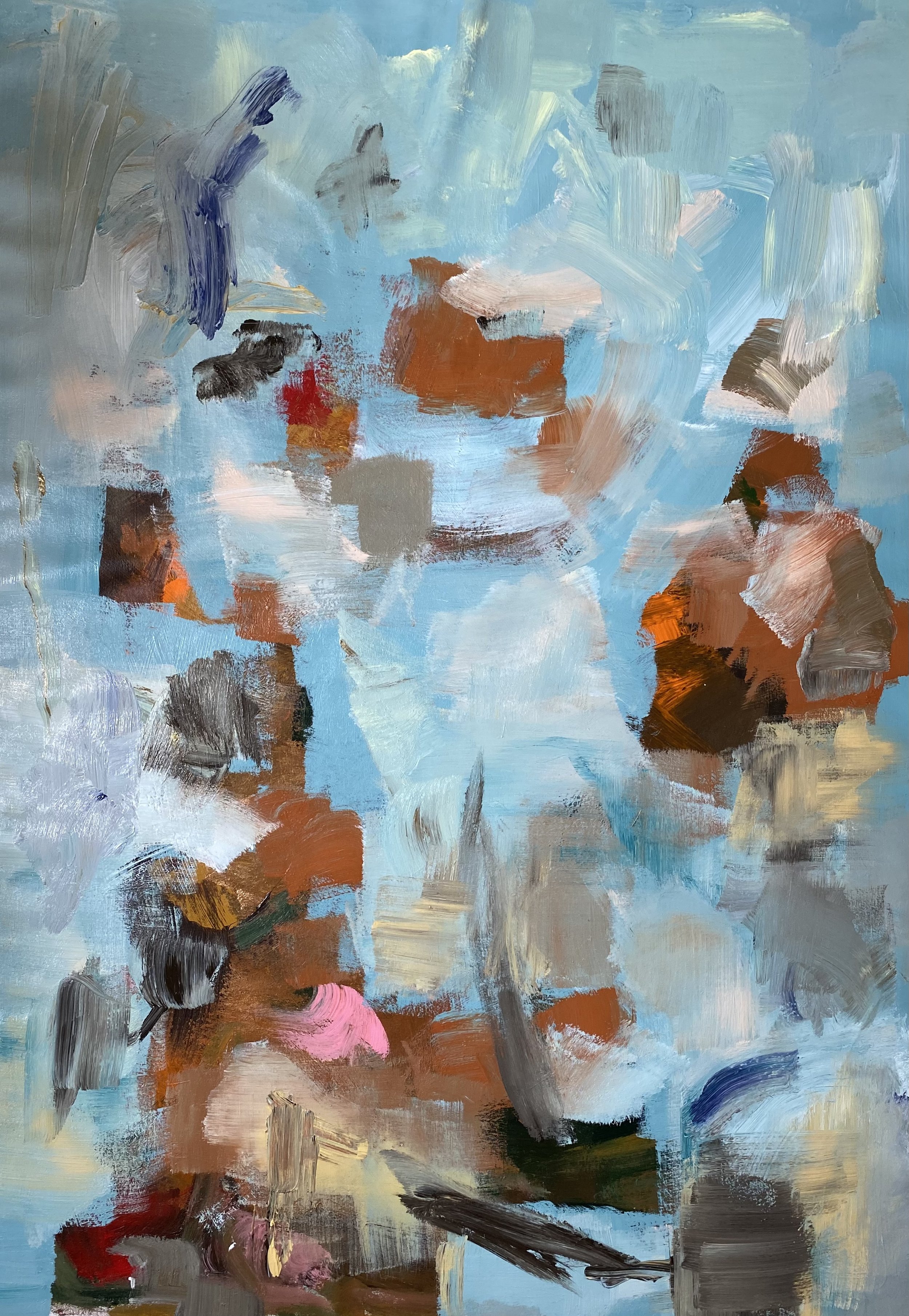
Specters of the Seen
Some ghosts don’t hide in the dark—they live in plain sight, woven into habits, reactions, and the spaces between words. They shape identities, dictate choices, and keep us bound to what was. But nothing unseen stays that way forever. The moment we recognize the forces moving through us, we loosen their grip. We stop repeating old cycles and start moving with intention, stepping into something beyond the past.

Echoing forward
The past doesn’t vanish—it moves through us, shaping how we think, act, and perceive the world. But awareness shifts everything. When we recognize these lingering imprints, we’re no longer confined by them. We break the cycle, turning inherited patterns into something fluid, intentional, and uniquely our own. This is about carrying forward what serves us while shedding what doesn’t. Not reacting—choosing. Not repeating—creating.
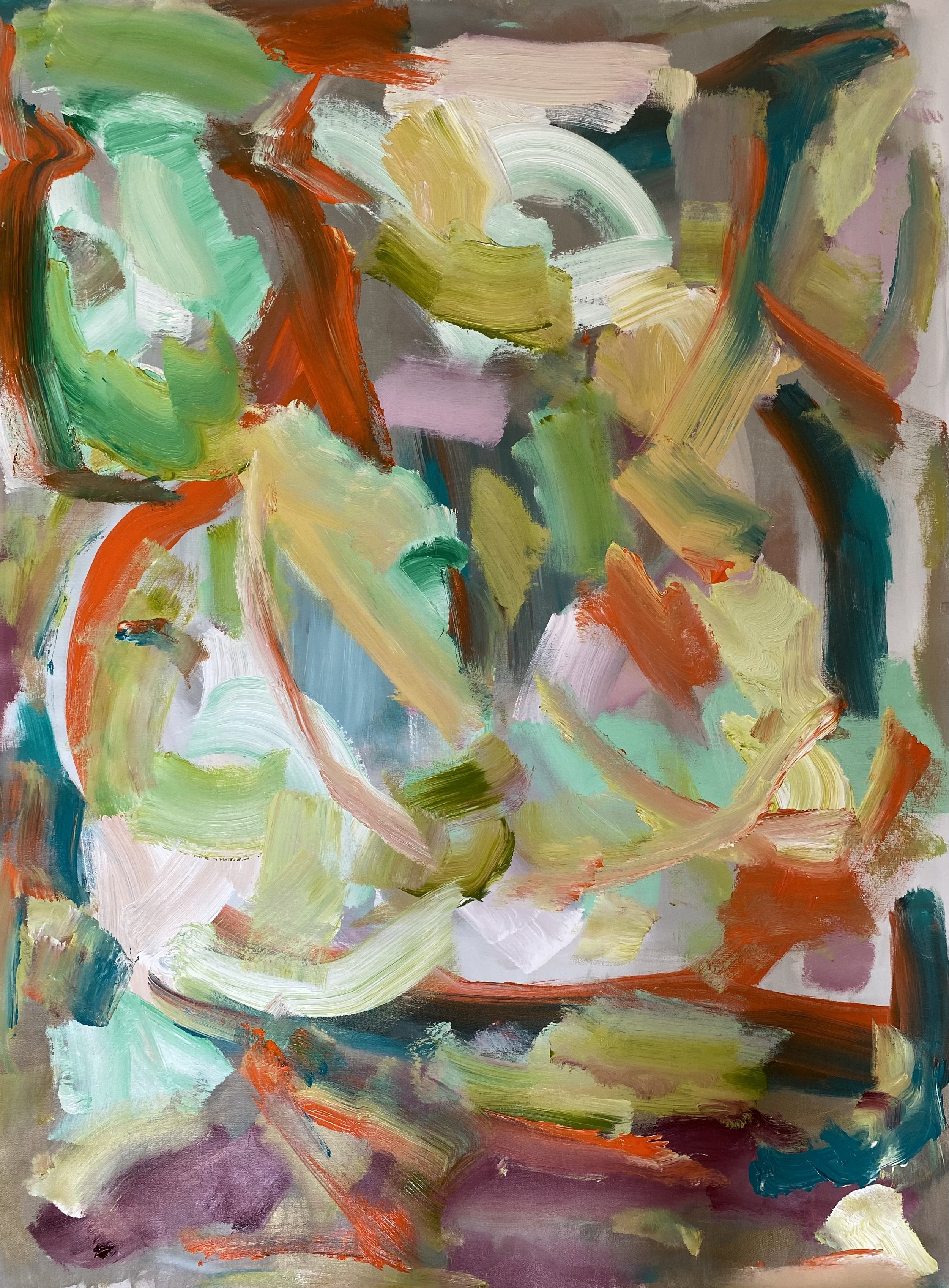
No Hesitation
Hesitation isn’t protection—it’s paralysis. Every moment spent second-guessing is a moment lost, a life delayed. This piece cuts through the illusion of safety that overthinking provides, revealing how hesitation hijacks our instincts, dulls our momentum, and keeps us from fully stepping into our lives. It’s a call to stop negotiating with fear and start moving—before the moment is gone.
